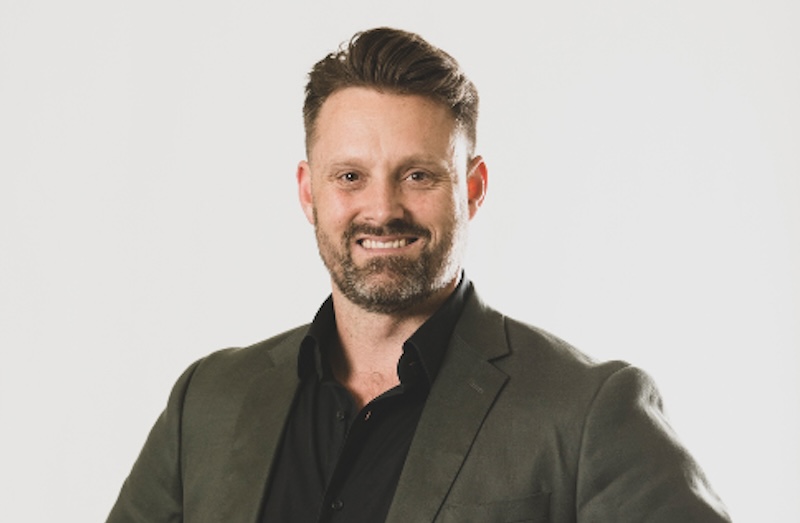A team tasked with deconstructing a Christchurch war memorial so it can be moved to a new site has uncovered an unexpected time capsule.
The glass bottle was found inside Christchurch’s Citizens’ War Memorial.
Photo: Roger Wong, via Wikimedia Commons
It was a “fluke” the message in a bottle was found, said Jenny May, an architectural historian and heritage consultant, who had briefed the team before they began the delicate task of dismantling the 85-year-old Citizen’s War Memorial.
May told Afternoons with Jesse Mulligan there was nothing to suggest there was a time capsule at the site but she had told those working on the project to keep an eye out as it was possible something might have been “popped in” behind a foundation stone or similar.
“Of course nothing turned up in those places so it was just a fluke, when they were deconstructing the internal concrete core – they had a spotter keeping an eye on things and he simply saw something glint, rang me, and said ‘we’ve found a bottle’.”
May said the lump of concrete containing the ‘glint’ was carefully set aside and “sure enough, here was this small glass container that looks a little like a chrism, which you would keep holy oils in … it had fluted sides – and we could see that there was literally a message in the bottle”.
The message was recently taken to a conservator who carefully unrolled it to discover it contained the names of the men who originally worked on the memorial’s construction in 1937, May said.
“I think it might have just been a last-minute decision on their behalf and they had wrapped this bottle in quite a big amount of newspaper of the day and set it in the concrete.”
May said the memorial, which features a series of bronze allegorical figures and is topped by a large stone cross, was fund-raised for by the citizens of Christchurch.
“I think it was the last war memorial for the First World War unveiled in New Zealand, virtually on the brink, of course, of World War II.”
She said it would take some research to discover the identities of all the men on the list, though some were known already.
“At the top of it is [William] Trethewey himself … who was the sculptor (of the bronzes),” she said.
“We do know that Graham Haines, one of the people on this was a stone mason, because we’ve also found a stone where he has written his name on the back of it.”
May said it was “absolutely amazing” the bottle had survived in the condition that it had and it was exciting to find something that added to the story of the memorial’s construction and the team who worked on it.
“These things that you often find in buildings … where you find that people working on have simply left their name, or a wee message, are very rarely ever recorded, so there’s the excitement in finding that and then putting the puzzle together.”
The memorial was being moved from its current position on the north-western side of ChristChurch Cathedral to the western side of Cathedral Square to make room for new ancillary buildings on the cathedral grounds, May said.
“It is being very carefully deconstructed so that we protect all the stones and that patina of age to reconstruct it identically as it was, but of course seismically a lot stronger.”





















Discussion about this post